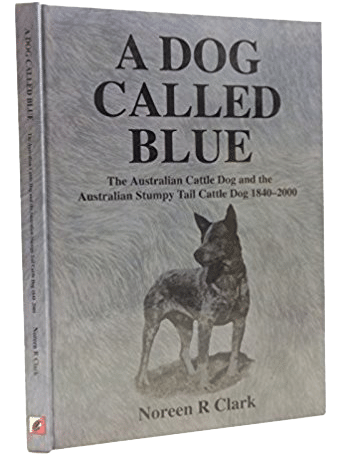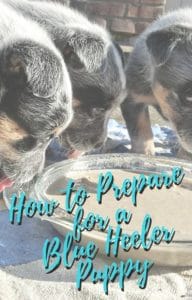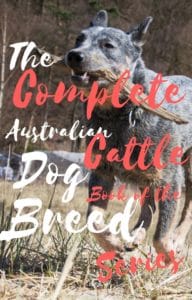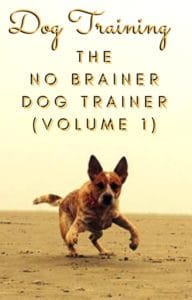Traditionally used for cattle herding, the Australian Cattle Dog, also known as Australian Heeler is a true blue Australian native. This breed has maintained its reputation and popularity as a hardworking dog; they use their soft but assertive bit to herd cattle. They’re extremely intelligent, energetic, faithful, and obedient, making them an ideal family dog as well.
Australian Cattle Dogs are generally healthy, but as with other breeds, they can be prone to certain health conditions as well. They have a lifespan of 10 to 13 years.
And as with other breeds of dog, they have their own share of specific health risks. The most common being is PRA or Progressive Retinal Atrophy, which is followed by CHD or Canine Hip Dysplasia, elbow dysplasia, deafness, and OCD or Osteaochondrosis Dissecans. Other common conditions include cataract, PPM (Persistent Pupillary Membrane), and lens luxation. Not all Australian Cattle Dogs get these diseases of course, but as owners, it’s our responsibility to be aware of these risks and have our beloved pets get checked regularly, especially their eyes, ears, elbows, and hips.
Common Health Risks for Australian Cattle Dogs
 PRA or Progressive Retinal Atrophy
PRA or Progressive Retinal Atrophy
This eye condition which causes gradual deterioration of the dog’s retina. In its early stages, dogs become night-blind, and as it progress, the dog will lose its sight during the day. Many dogs who get affected by this condition adapt well to their limited or loss of vision, as long as their environment remains the same.
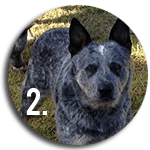 Deafness
Deafness
Deafness is actually an inherited condition among Australian Cattle Dogs, but it can be detected while they’re still young. Deaf dogs should NOT be bred. Also, research shows that this condition can be linked to the dog’s color. Genes that makes white pups or white hairs in the coat with roaning pattern have a higher risk of deafness. BAER or Brainstem auditory evoked response test is used to determine hearing problems for puppies.
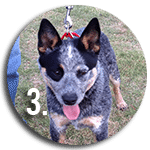 Hip Dysplasia
Hip Dysplasia
Like deafness, hip dysplasia is an inherited condition that causes the thighbone to not fit snugly to the hip joint. Some dogs exhibit pain and lameness on one or both rear legs, while others may not show obvious discomfort. X-ray screening is the easiest way to diagnose this condition.
Hip dysplasia can result into arthritis as the dog ages. Dogs with condition should NOT be bred. Thus, if you’re buying a puppy, make sure you ask the breeder whether the parents of the puppy has been tested for hip dysplasia and are free of the same problems.
 Ask for A Health Clearance
Ask for A Health Clearance
If you’re planning to get yourself and your family this wonderful dog breed however, it is crucial to find a good breeder who will not only give you a healthy puppy, but will have the health clearance for both the puppy’s parents. Health clearance gives you assurance that the dog is healthy, as it proves that the dog has been tested and cleared for particular conditions. The OFA (Orthopedic Foundation for Animals) is the one responsible for giving health clearances for Australian Cattle Dogs. They test for hip dysplasia (look for a score of fair or better), elbow dysplasia, hypothyroidism, and von Willebrand’s disease. The Auburn University gives clearance for Thrombopathia clearance, while the CERF (Canine Eye Registry Foundation) provides health certification for normal eyes. To confirm health clearances, you can check it with the official OFA website at offa.org.
A Dog Called Blue by Noreen Clerk



